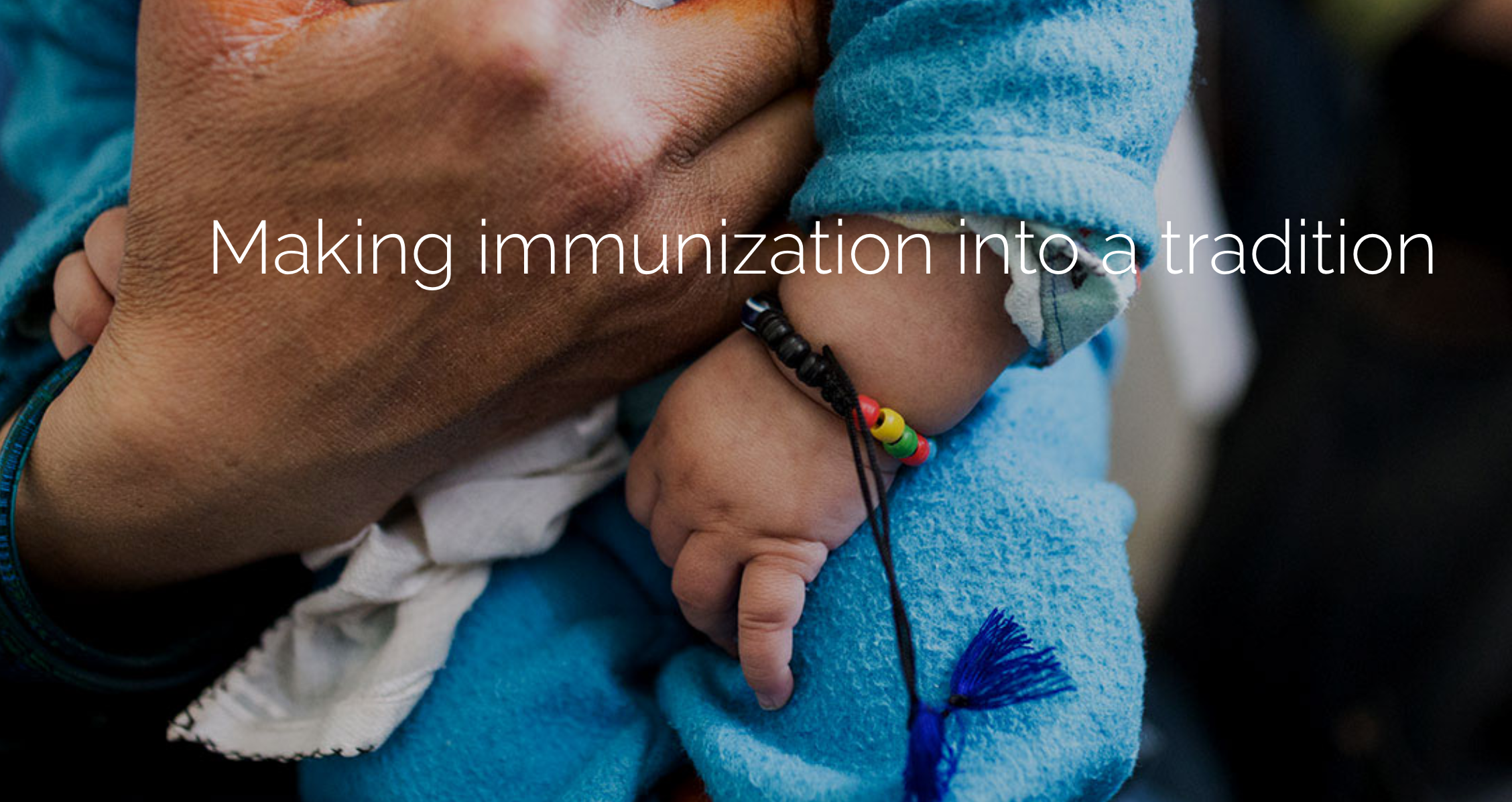Cannes Lions Health is a global conference and an opportunity to get a broad perspective on trends in health marketing. Mindsailing attended and gathered a few key insights.
A solid trend at this year’s conference was the use of human-centered design, with brands empathetically addressing health concerns by addressing the cultural bias, prejudice and social stigma of their audiences.
Populations are aging, globalization is mashing cultural norms, costs continue to rise and diseases know no boundaries. Each of us plays a role in our own well-being as well as that of our families and our communities, but knowing where to put our trust and how and what behaviors to change is a challenge—and very personal.
Audiences want to be illuminated, not pitched. We want to stay in our truth and feel honored. We want relationships with brands that see us for who we are and love us more for it. There is a lot of social and cultural friction in the world today and health initiatives must navigate all of it.
As you consider messaging that can enter the intimate space of human health and find ways to build momentum for new behaviors, you can use persona-based strategies and design thinking to turn cultural and social tension into actionable assets.
Here are three campaigns that illustrate the point:
Handle With Care: Gillette’s New Assisted Shaving Razor
Gillette spotted a gap in a saturated market recognizing that there have been no razors designed with the intent of shaving someone else. To launch the ‘first-ever’ razor designed for assisted shaving they created a beautiful video of an adult son caring for his elderly dad. The heartwarming commercial authentically captures the vulnerability and tenderness of shaving within the caregiving experience.
The Immunity Charm
While vaccines have saved the lives of millions, they remain an object of suspicion in many cultures leaving over 15 million at risk of infection. Information sharing is fragmented and cultural bias widens the gap. The “The Immunity Charm” incorporates cultural tradition of talismans into a charm bracelet to create a new easy-to-embrace symbol of protection. Mothers are proud to have it on their child and health-care workers have an instant view of a child’s immunization status.
Blood Equality
With copy so rhythmic a child could sing it, accompanying emotionally frank photos, the Blood Equality campaign challenges the FDA’s blood donation policy toward gay and bisexual men claiming “It’s time for science, not stigma.” The campaign website invites users to create their own blood selfie to add to the movement and join the dialogue with the FDA and lawmakers to revise the policy.
By first acknowledging the truth of their audience, these campaigns gain permission to help evolve behaviors, establish new cultural norms and affirm the role of their brand/organization in the community.
If you are building campaigns to impact health and wellness consider these actions:
· Build personae that map out real-life social, economic and cultural influences
· Employ human-centered design thinking into the process
· Find campaign elements that literally touch the life of your audience
· Include metrics that move past traditional marketing metrics to track an outcome or shift in behavior
Authenticity and empathy combined with smart insight and strategy can heal the world.
Additional resources in empathy:
INTERESTED IN COMMUNICATING THE VALUE OF INCLUSION?
CHECK OUT MORE BLOG POSTS ON EMPATHY.





